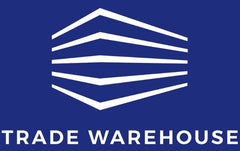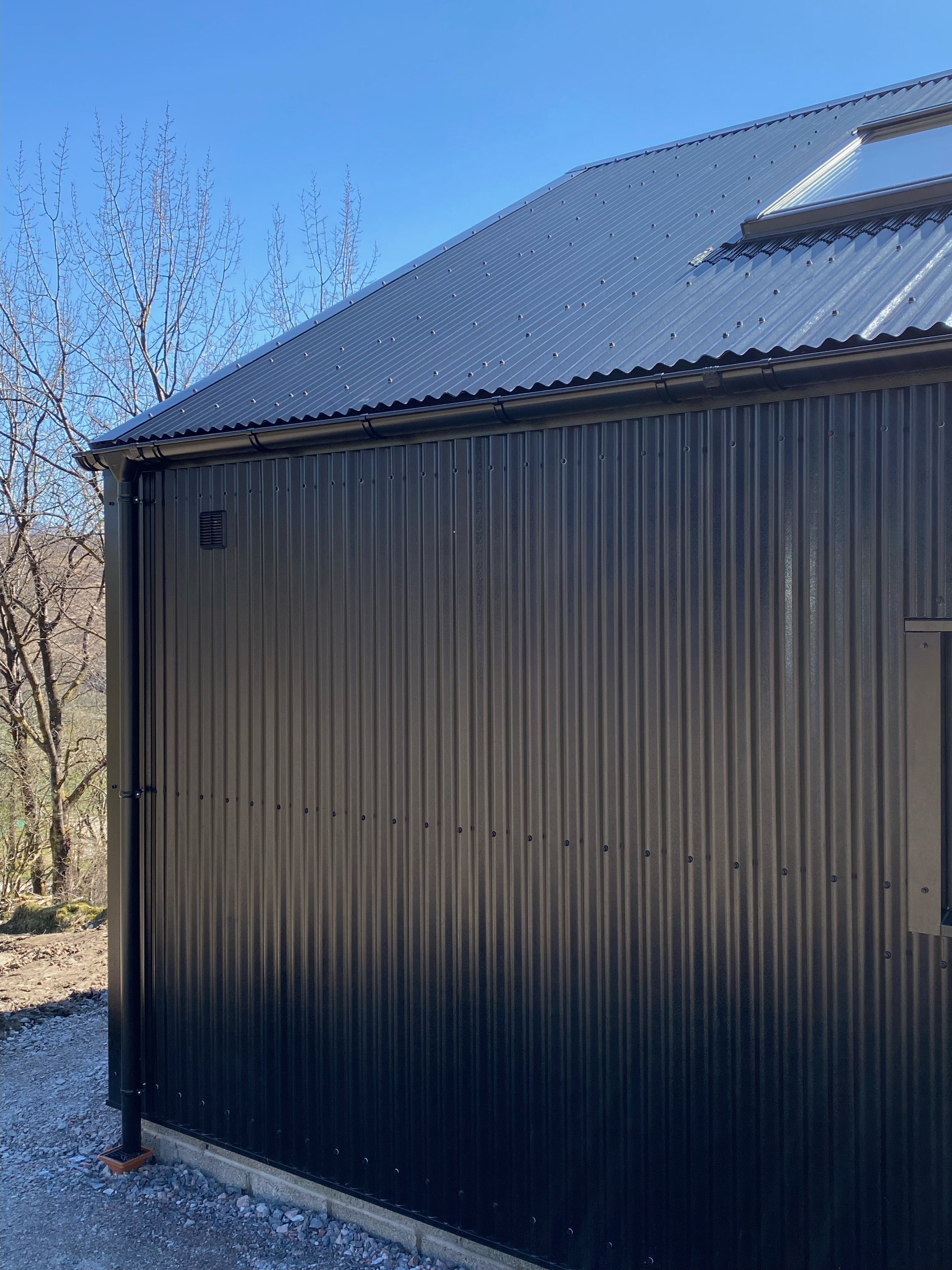When embarking on a new building project, selecting the right roofing materials is important.
This guide is tailored to shed light on the various dimensions and types of metal roofing sheets.
This guide aims to demystify the width, length, and other essential attributes of these roofing components.
Understanding Roofing Sheet Dimensions
- Width Measurement: Roofing width is gauged horizontally along the roof's base. This refers to measurements B and D in the diagram below.
- Length Measurement: The length is assessed along the ridge, extending from the base to the apex of the roof. This refers to measurements A and C in the diagram below.
- Importance of Accurate Measurements: Precise dimensions are vital to determine the number of sheets needed, impacting the overall cost and appearance of the roof. Always double deck any measurements.

Key Takeaway: ☀️ Accurately measuring the width and length of roofing sheets is essential for determining the quantity needed, which in turn affects cost efficiency and aesthetic appeal.
Box Profile Roofing Sheet Specifications
Box Profile roofing sheets, known for their robust design, are a staple in the roofing industry.
These sheets are not just about covering the top of a building; they are about ensuring longevity and aesthetic appeal.
- Profiles: Common profiles include 32/1000 and 34/1000, varying slightly in height but offering the same width coverage.
-
Thickness and Color Options:
- Thicknesses: Available in 0.7mm and 0.5mm.
- Colors: Ranges from plain galvanised finish to Polyester and PVC Plastisol coats.
- Applications: Thicker sheets (0.7mm) are recommended for roofing, while thinner sheets (0.5mm) are better suited for wall cladding.
- Length Variations: Maximum lengths differ based on thickness, with 0.7mm sheets available up to 9 meters, and 0.5mm up to 7 meters.
- Profile Comparison: While both 32/1000 and 34/1000 cover a width of 1000mm, their profile height varies, affecting the roof's overall appearance.
Key Takeaway: ☀️ Box Profile roofing sheets offer versatility in dimensions and aesthetics, making them suitable for diverse applications from roofing to cladding.
Corrugated Metal Roofing Sheet Specifications
Corrugated metal roofing sheets are celebrated for their distinctive 'wavy' design, providing not only an aesthetic appeal but also functional advantages in water drainage and maintenance.

Our customer used the black 13/3 corrugated sheets for their barn conversion.
- Design Benefits: The wavy pattern ensures efficient water run-off, reducing maintenance.
- Recommended Dimensions: Thickness: 0.7mm for roofing, 0.5mm for cladding.
- Width Coverage: Offers 990mm horizontal coverage when properly lapped.
- Support Requirements: Corrugated sheets necessitate closer purlin placements than Box Profiles for structural integrity.
Key Takeaway: ☀️ Corrugated roofing sheets are an excellent choice for efficient water drainage and low maintenance, especially suitable for both roofing and cladding.
Tile Form Roofing Sheet Details
Tile Form roofing sheets offer a unique aesthetic that mimics traditional pantile roofs, merging the classic with modern materials and technology.

Above shows our customer using the copper brown mica tileform sheets.
- Aesthetic and Design: The wavy pattern measures 41mm from peak to base, giving a pantile effect.
-
Dimensions and Installation:
- Width: Consistent at 1000mm.
- Thickness: Set at 0.6mm, lighter than other forms.
- Length: Available up to 5 meters.
- Color and Coating: Available in Copper Brown, Graphite Grey, and Black with a durable Prelaq Mica coating.
Key Takeaway: ☀️ Tile Form sheets blend traditional aesthetics with modern materials, offering a unique choice for those seeking a classic roof appearance with the durability of metal.
Making the Right Choice: Summary and Decision-Making Factors
Choosing the appropriate metal roofing sheets involves a blend of aesthetic preferences, structural requirements, and practical considerations. This final section will help crystallise your decision-making process.
- Match with Project Needs: Consider the building's design and the specific requirements of the roofing or cladding.
- Thickness and Colour Variations: These factors influence not just the look but also the functional aspect of the roof.
- Use of Online Tools: Leverage roofing calculators for accurate material estimation and planning.
Key Takeaway: ☀️ The choice of metal roofing sheets should be a thoughtful blend of aesthetic preferences, structural integrity, and practical considerations, aided by modern online tools for precision.
Conclusion
This comprehensive guide has walked you through the essential dimensions and types of metal roofing sheets.
Armed with this knowledge, you can make informed decisions for your roofing projects, balancing beauty, durability, and cost. Remember, precision in planning and selection can lead to a roof that not only protects but also enhances the overall aesthetic of your structure.
Use the insights and tools available to ensure your roofing project is not just a cover over your head but a crowning glory of your architectural vision.

